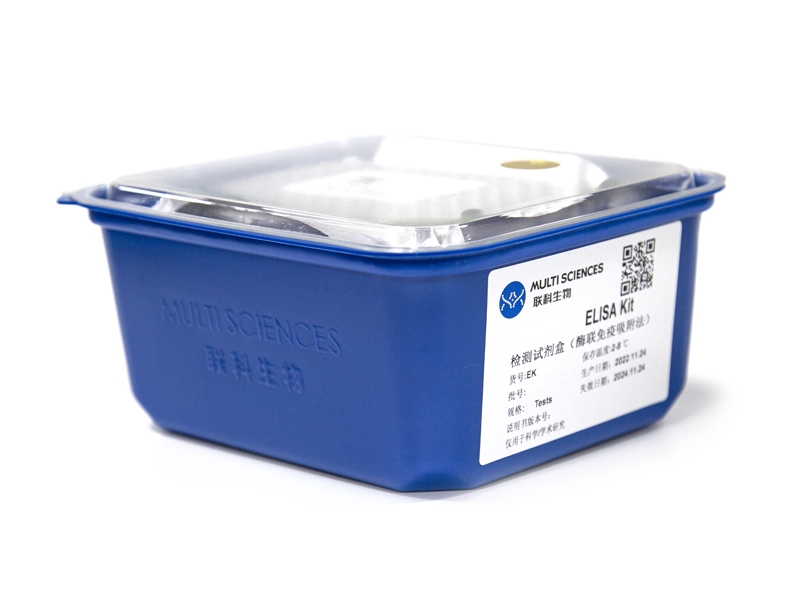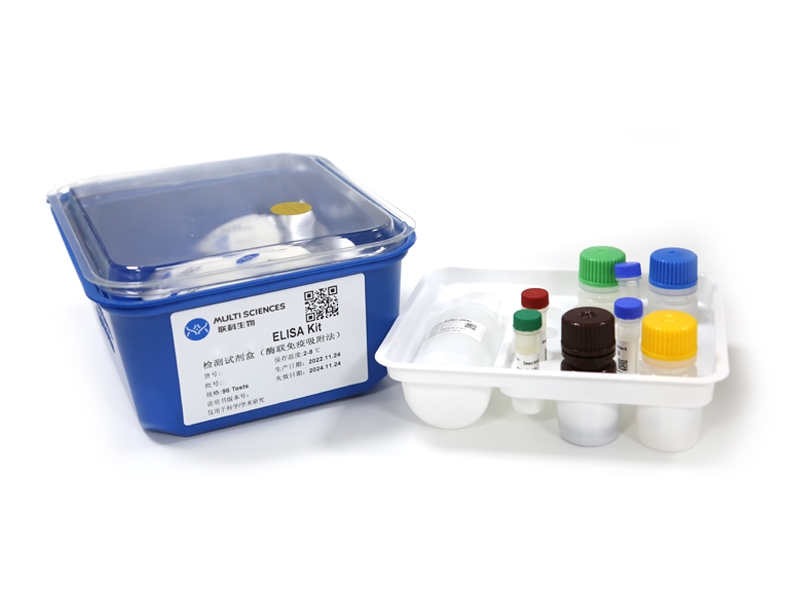BACKGROUND: Lung cancer has the highest morbidity and mortality in the world and novel treatment strategies are still needed. Haimufang decoction (HMF) is a patented clinical prescription of traditional Chinese medicine for lung cancer treatment. HMF is composed of four herbs and has been applied clinically in advanced cancer patients. However, its therapeutic mechanisms are still unclear. This study aims to elucidate the possible mechanisms of HMF for the treatment of lung cancer. METHODS: 3-(4,5-dimethyl-2-thiazolyl)-2,5-diphenyl-2-H-tetrazolium bromide assay was applied for evaluating the proliferative effect of HMF in lung cancer cells and monocyte macrophage RAW264.7 cells. Flow cytometer was used to detect the effects of HMF on cell cycle and apoptosis, and western blotting was employed to explore the potential apoptotic mechanisms of HMF on lung cancer cells. For immunomodulatory effect, co-culture system was used to detect the activation of macrophage RAW264.7 cells when treated with HMF, and neutral red assay was used to measure the effect of HMF on the phagocytosis of the activated macrophages. Enzyme linked immunosorbent assay, flow cytometer, and immunofluorescence staining method were employed for the investigation on the underlying mechanisms of the immunomodulatory effect on RAW264.7 induced by HMF. RESULTS: HMF inhibited the proliferation, induced S phase cell cycle arrest, and stimulated apoptosis in lung cancer NCI-H1975 cells, while had negligible cytotoxicity on macrophage RAW264.7 cells. Moreover, HMF could activate macrophage RAW264.7 cells and promote the inhibition activity of RAW264.7 cells against lung cancer cells. And also, HMF activated macrophages and increased their phagocytic activity in a concentration-dependent manner. HMF increased the expression of macrophage activation marker CD40, the level of nitric oxide, the generation of intracellular reactive oxygen species, as well as M1 macrophages cytokines including tumor necrosis factor-α, interleukin-1β, interleukin 12 p70, and interleukin 6. Further investigation showed that HMF induced M1 but not M2 phenotype polarization in RAW264.7 cells. CONCLUSIONS: HMF can mainly exert anticancer activity via (1) cytotoxicity to human lung cancer cells by proliferation inhibition, cell cycle arrest, and apoptosis induction; and also via (2) immunomodulation via macrophage cells activation and M1 phenotype polarization induction.
文章引用产品列表
-
- EK206
- ELISA试剂盒
Mouse IL-6 ELISA Kit检测试剂盒(酶联免疫吸附法)
- ¥1,600.00 – ¥10,800.00



